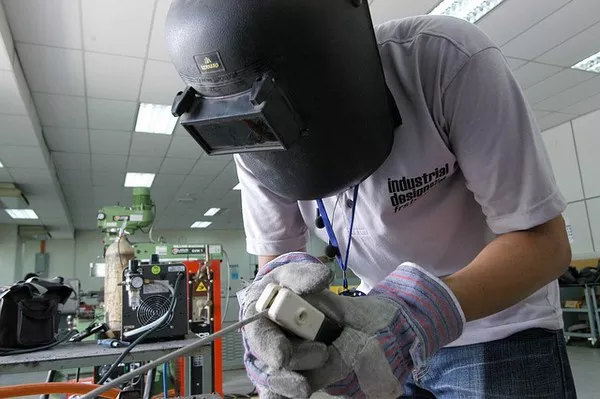In a significant advancement for biomedical engineering, a research team led by the University of Colorado Boulder and collaborating with the University of Pennsylvania has developed a novel 3D printing technique that could revolutionize the creation of life-like materials for medical applications. This innovation addresses the complex challenge of mimicking the strength, elasticity, and adaptability of real human tissues.
The research, detailed in the August 2 edition of Science, introduces a new 3D printing method capable of producing materials that are both elastic enough to endure the constant motion of the heart and resilient enough to withstand the stresses placed on joints. Notably, these materials can also adhere effectively to wet tissue.
Senior author Jason Burdick, a professor at CU Boulder’s BioFrontiers Institute, highlighted the potential impact of this breakthrough. “Cardiac and cartilage tissues have minimal self-repair capacity,” Burdick said. “Developing more resilient materials to aid in their repair could significantly benefit patients.”
Innovative Inspiration from Nature
Traditional methods for creating biomedical devices, such as molding and casting, are well-suited for mass production but fall short when it comes to customizing implants for individual patients. The advent of 3D printing has transformed this landscape by allowing for the creation of intricate, personalized materials.
A key component in this research is hydrogel—a material commonly used in contact lenses—known for its potential in fabricating artificial tissues and organs. However, conventional 3D-printed hydrogels often face issues like brittleness under stress or inflexibility.
The CU Boulder team drew inspiration from the behavior of worms, which form flexible, intertwining “worm blobs” with both solid and liquid-like properties. By incorporating similar molecular entanglements, they improved the strength and flexibility of their 3D-printed hydrogels.
Their new technique, called CLEAR (Continuous-curing after Light Exposure Aided by Redox initiation), uses a unique process to entangle long molecules within the material, resulting in a product that is both durable and adaptable. Laboratory tests showed that these materials performed significantly better than those created using traditional Digital Light Processing (DLP) methods. The materials not only withstood rigorous testing—including being run over by a bike—but also conformed to and adhered to animal tissues and organs.
Transforming Medical and Industrial Applications
The potential applications of this technology are vast. Burdick envisions its use in repairing heart defects, delivering regenerative drugs directly to tissues, stabilizing bulging discs, and even offering needle-free sutures during surgeries.
The research team has filed for a provisional patent and is preparing for further studies to explore how these materials interact with biological tissues. Additionally, the new printing method promises environmental benefits by reducing the need for additional energy during the curing process, making it a more sustainable option for 3D printing.
“This simple yet effective 3D processing method has the potential to enhance material properties for a wide range of uses in both academic and industrial settings,” said Abhishek Dhand, first author and doctoral candidate at the University of Pennsylvania. “It addresses a major challenge in 3D printing technology.”
The study also involved contributions from Hannah Zlotnick, a postdoctoral researcher, and scientists Thomas Kolibaba and Jason Killgore from the National Institute of Standards and Technology (NIST).

